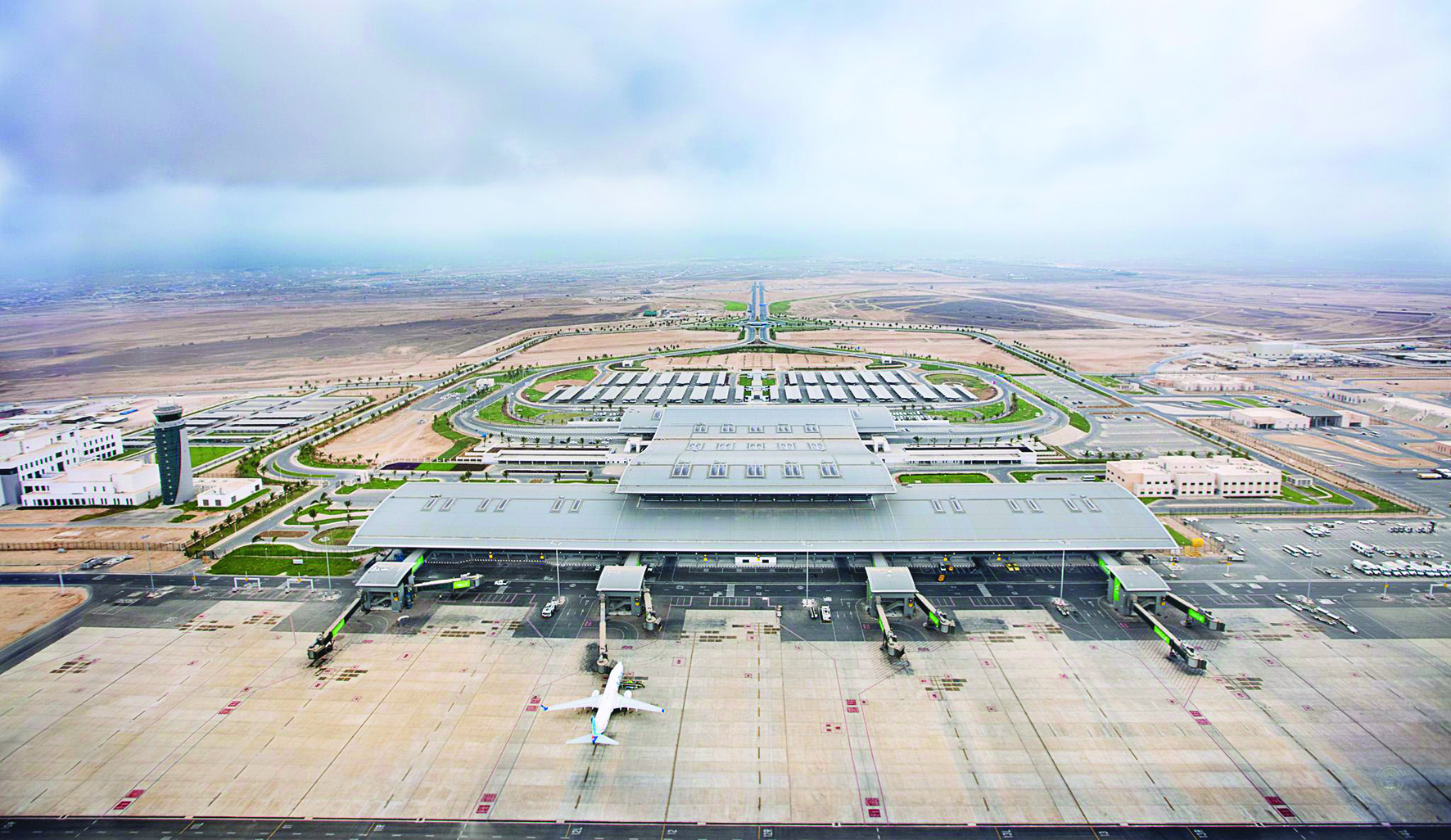
Muscat: Since the 1970s, when there was only one international airport in Oman, the country’s aviation sector has come a long way. Today it has five airports, which includes three international ones.
It all started with Salalah and Muscat operating both international and domestic flights, and this was gradually expanded to Sohar. Now, Duqm and Khasab have functioning airports that cater solely to domestic flights.
So far, more than 16 million passengers have travelled through the airports in Muscat, Salalah, Duqm and Sohar at the end of November 2019, according to the data provided by the National Centre for Statistics and Information (NCSI).
Talking exclusively to the Times of Oman, Saleem Amanulla, Senior Vice President (SVP) of Ground Operations at Oman Air said that the journey of the aviation sector has been incredible in such a short span of time.
“Looking back at the 70s, when the first airport was built in CBD and was known as Bait Al Falaj Airport, and was run by the local civil aviation authority,” he recalled.
“There was a handling company formed called Oman International Services (OIS) that provided ground handling services to civil aircraft. This was in 2007, when Gulf Air was solely owned by the Government of Bahrain.”
Gulf Air had been previously owned by four governments: the Kingdom of Bahrain, the Sultanate of Oman, the Emirate of Abu Dhabi, and the State of Qatar.
“So, initially, in 2007, the Government of Oman decided to expand its regional carrier Oman Air, formed in March 1993, and gave it the status of its national carrier. Initially, the airline had only three aircraft that catered to two domestic and two international destinations in the UAE and India respectively. It was in 2009 that we had our first long haul flight to London,” Amanulla said.
55 destinations
“Today, we are handling 55 destinations including both domestic and international destinations,” he went on to say. “The international destinations that we are catering to are more than 50, that includes 11 destinations in India, three destinations in Pakistan, eight destinations in Europe, seven destinations in the Far East, flights all over the Gulf with several frequencies, and many more.
“Needless to say, the aviation sector in the country has a very sophisticated structure now that everything falls under the Oman Aviation Group, which looks into three different sectors – the airline, airport, and service offerings like handling, catering and duty free.” Amanulla said. Recently, Oman Air, the national carrier of the Sultanate, has announced the debut of its first codeshare flights connecting Oman and the USA through its partnership with Air Italy.
Since its inauguration, the new Muscat International Airport has proved its mettle after it was recently declared the 14th best international airport globally in terms of service quality.
The airport claimed 14th spot out of the 371 international airports that were in contention. Moreover, last year, it also made history by being the first airport across the globe to have signed an agreement to install a drone detection system.
The agreement was signed on Sunday, July 14, 2019, in collaboration with the German company Aaronia AG and R&N Khimji LLC, who will supply and install the latest drone detection system.
Muscat International Airport is spread over 580,000 square metres and can handle 20 million passengers per year, which is set to increase to 56 million when all phases of the ongoing development projects are complete.
In September 2019, Aimen Al Hosni, CEO of the Oman Airports Management Company (OAMC) announced that Oman’s aviation sector is also expected to contribute over OMR1.4 billion to the Sultanate’s GDP by 2040.
“We the aviation industry had a total contribution of an estimated OMR170 million to the GDP in 2016, and it is expected to grow to OMR1.4 billion by 2040,” he said. “We are actually trying to upscale this. We always say that the aviation sector is an enabler, and aims to serve the country indirectly, compared to oil and gas.
“The airport is not an attraction for any tourist, it is an enabler for the guests of Oman,” he went on to say. “What we are trying to do is to make that journey good, safe and enjoyable. A big percentage of passengers today come with us on the aircraft, but then they arrive in Oman and leave for another destination. We want Oman to be the hub of airlines.”
NCSI data shows that the number of passengers at Muscat airport by the end of November 2019, having included arrivals, departures, transfers and transits, was recorded at 14,632,033, an increase from 13,994,512 during the same period in 2018, while the number of flights being 107,759.
Salalah airport
Salalah airport recorded 1,258,167 passengers including arrivals, departures, transfers and transits, and 10,904 at the end of November 2019.
In addition to that, Sohar airport recorded passengers’ movement at 274,767 with 2,240 flights. Duqm airport, which is solely for domestic purposes, recorded 556 flights and 52,670 passengers until the end of November 2019.